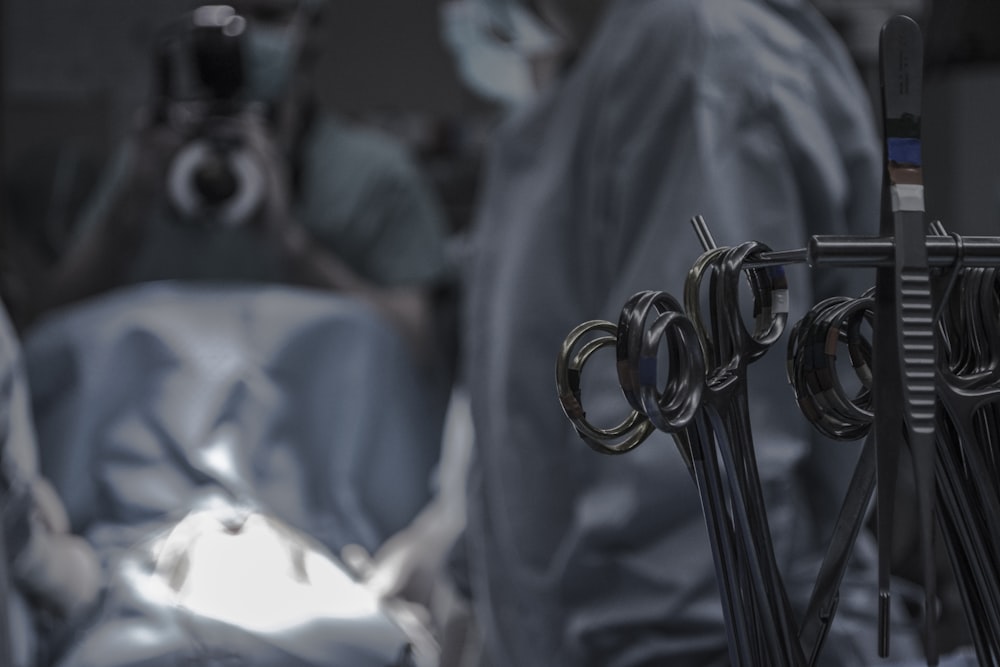目次
後方アプローチと前方アプローチによるTHAでは術後の股関節に対する意識は異なるのか?
人工股関節全置換術や人工膝関節全置換術では手術を行ったことを忘れるのが理想とされております.
忘れているくらいの方が自然に日常生活動作を行えているということになります.
THAの場合にはアプローチの方法として前方アプローチと後方アプローチによる手術方法がありますがどちらの方が自然に生活が行えているのでしょうか?
今回は後方アプローチと前方アプローチによるTHAでは術後の股関節に対する意識は異なるのかを考えるうえで参考になる論文をご紹介させていただきます.

今回ご紹介する論文
Review Eur J Orthop Surg Traumatol
. 2023 Aug 11. doi: 10.1007/s00590-023-03674-z. Online ahead of print.
Joint awareness among total hip arthroplasty patients operated through anterior approach versus posterior approach: a systematic review and meta-analysis
Sujit Kumar Tripathy 1, Paulson Varghese 2, Shahnawaz Khan 2, Deepak Neradi 2, Mantu Jain 2, Ramesh Kumar Sen 3
Affiliations expand
PMID: 37566139 DOI: 10.1007/s00590-023-03674-z
今回ご紹介する論文は2023年に掲載された論文です.
研究の目的
Purpose: The aim of this systematic review and meta-analysis was to compare joint awareness in patients who underwent total hip arthroplasty (THA) via the anterior approach (AA) versus the posterior approach (PA). The hypothesis was that patients who underwent THA via AA would have better forgetfulness of the artificial joint.
このシステマティックレビューおよびメタアナリシスでは前方アプローチ(AA) と後方アプローチ(PA)による人工股関節全置換術(THA)を受けた症例における関節の意識について比較することを目的としております.
仮説としては前方アプローチでTHAを受けた症例の方が,人工関節について気にすることなく過ごせているといったものでありました.
研究の方法
Methods: A comprehensive search of major literature databases and bibliographic details was conducted to identify studies evaluating the forgotten joint score (FJS-12) in total hip arthroplasty (THA) patients operated through the anterior approach (AA) and posterior approach (PA). Out of 234 studies identified, seven studies met the inclusion criteria for review. The Newcastle-Ottawa Scale was used to evaluate the quality of evidence and the risk of bias in the included studies. The FJS-12 was evaluated at three months, one year, and beyond 2 years.
前方アプローチ(AA)と後方アプローチ(PA)で手術された人工股関節全置換術(THA)患者における関節忘れスコア(FJS-12)を評価しております.
研究を特定するために,主要な文献データベースと書誌的詳細を包括的に検索しております.
同定された234件の研究のうち,7件がレビューの包含基準を満たしております.
エビデンスの質とバイアスリスクの評価には,Newcastle-Ottawa Scaleを用いております.
FJS-12は術後3ヵ月,術後1年,術後2年で評価を実施しております.
研究の結果
Results: The mean FJS-12 at > 2 years was 82.03 in the AA group and 80.32 in the PA group. The forest plot analysis (n = 819 patients) revealed no significant difference in FJS-12 score between these two approaches (MD 2.13, 95% CI [- 1.17, 5.42], p = 0.21; I2 = 60%). However, the joint awareness was significantly lesser in the AA group at 3 months (MD 12.56, 95% CI [9.58, 15.54], p < 0.00001, I2 = 0%) and 1 year (MD 9.55, 95% CI [7.85, 11.24], p < 0.0001, I2 = 0%).
2年以上経過時のFJS-12の平均値は,前方アプローチ群で82.03,後方アプローチ群で80.32でありました.
フォレストプロット分析(n=819人)では,この2つのアプローチ間にFJS-12スコアの有意差は認められませんでした(MD 2.13, 95% CI [- 1.17, 5.42], p = 0.21; I2 = 60%).
しかし3ヵ月後(MD 12.56, 95% CI [9.58, 15.54], p < 0.00001, I2 = 0%)と1年後(MD 9.55, 95% CI [7.85, 11.24], p < 0.0001, I2 = 0%)では,前方アプローチ群で有意に人工関節を気にすることなく過ごせているといった結果でありました.
研究の結論
Conclusions: After analyzing the available literature, it was found that THA patients operated through the AA approach have significantly lower joint awareness than those operated through the PA approach in the first year of surgery. However, there is no significant difference in joint awareness between these two approaches after 2 years.
利用可能な文献を分析した結果,前方アプローチで手術を受けた THA症例は,後方アプローチアプローチで手術を受けた症例よりも,術後1 年目の関節意識が有意に低いことがわかりました.
しかし2年後にはこの2つのアプロ ーチ間で関節意識に有意差はありませんでした.
非常に興味深い研究結果ですね.
人工関節に対する意識といった面では術後1年の段階では前方アプローチが優勢ということになりますが,術後2年が経過すればアプローチ何の差はなくなるということですね.






